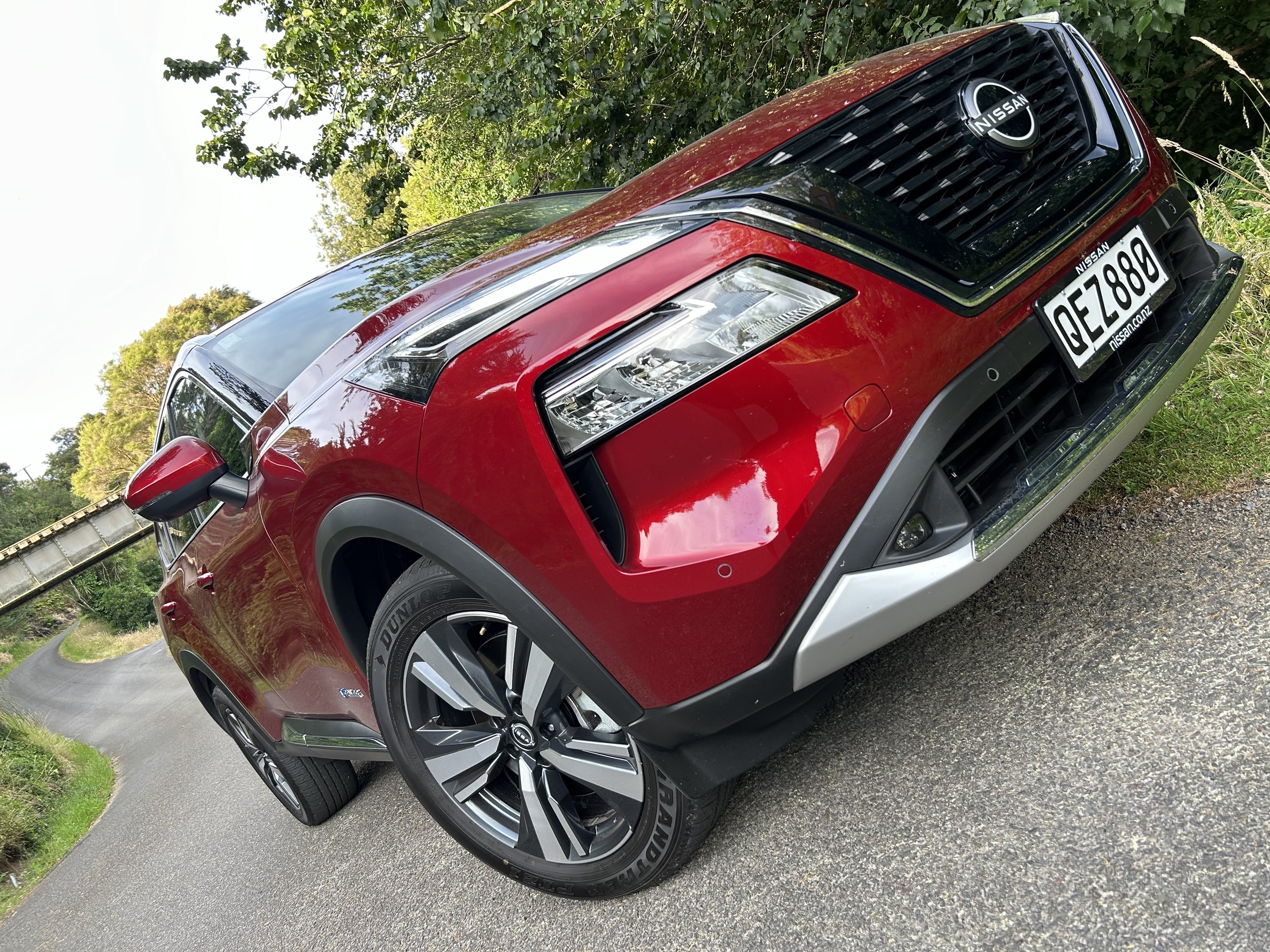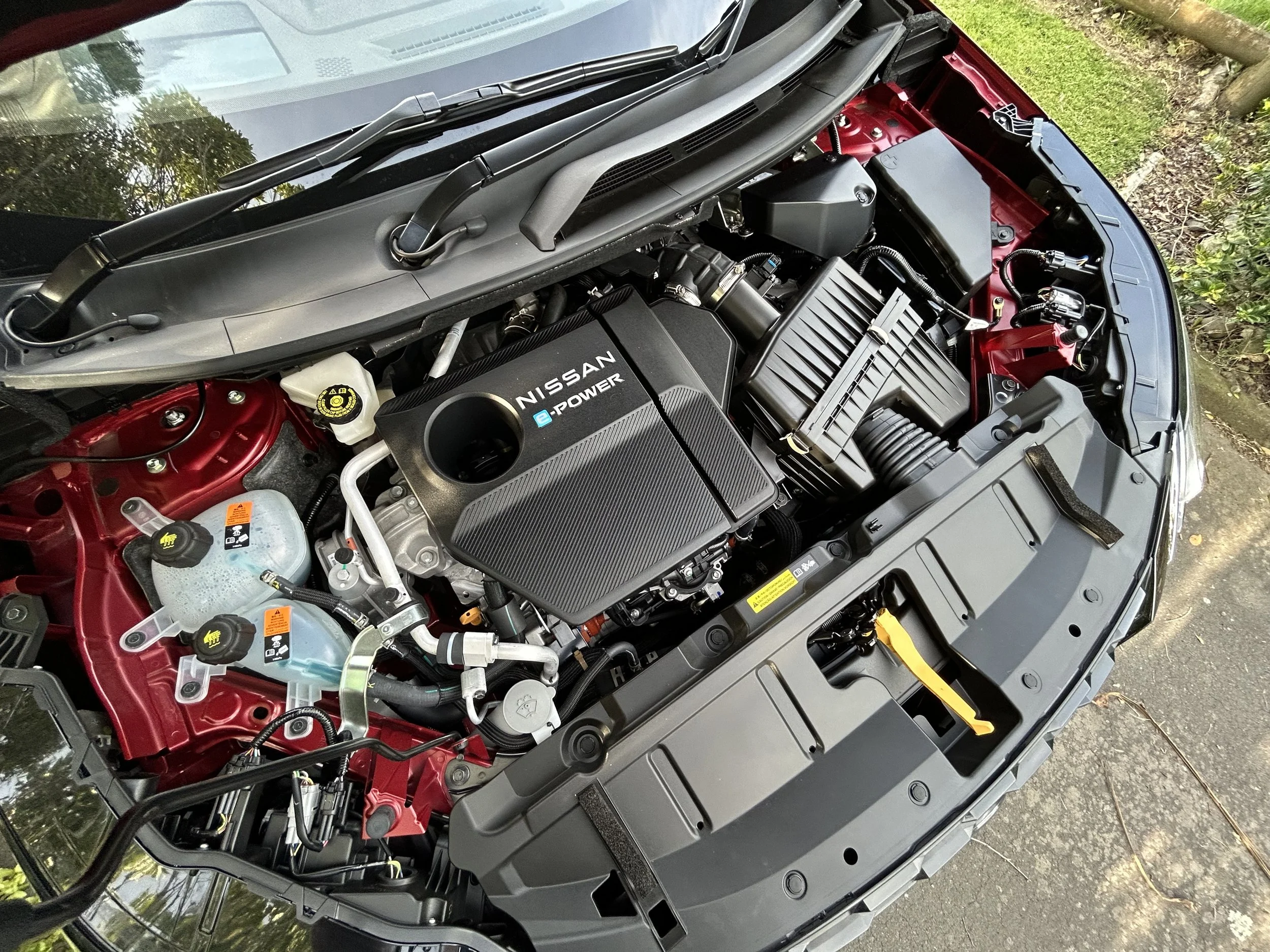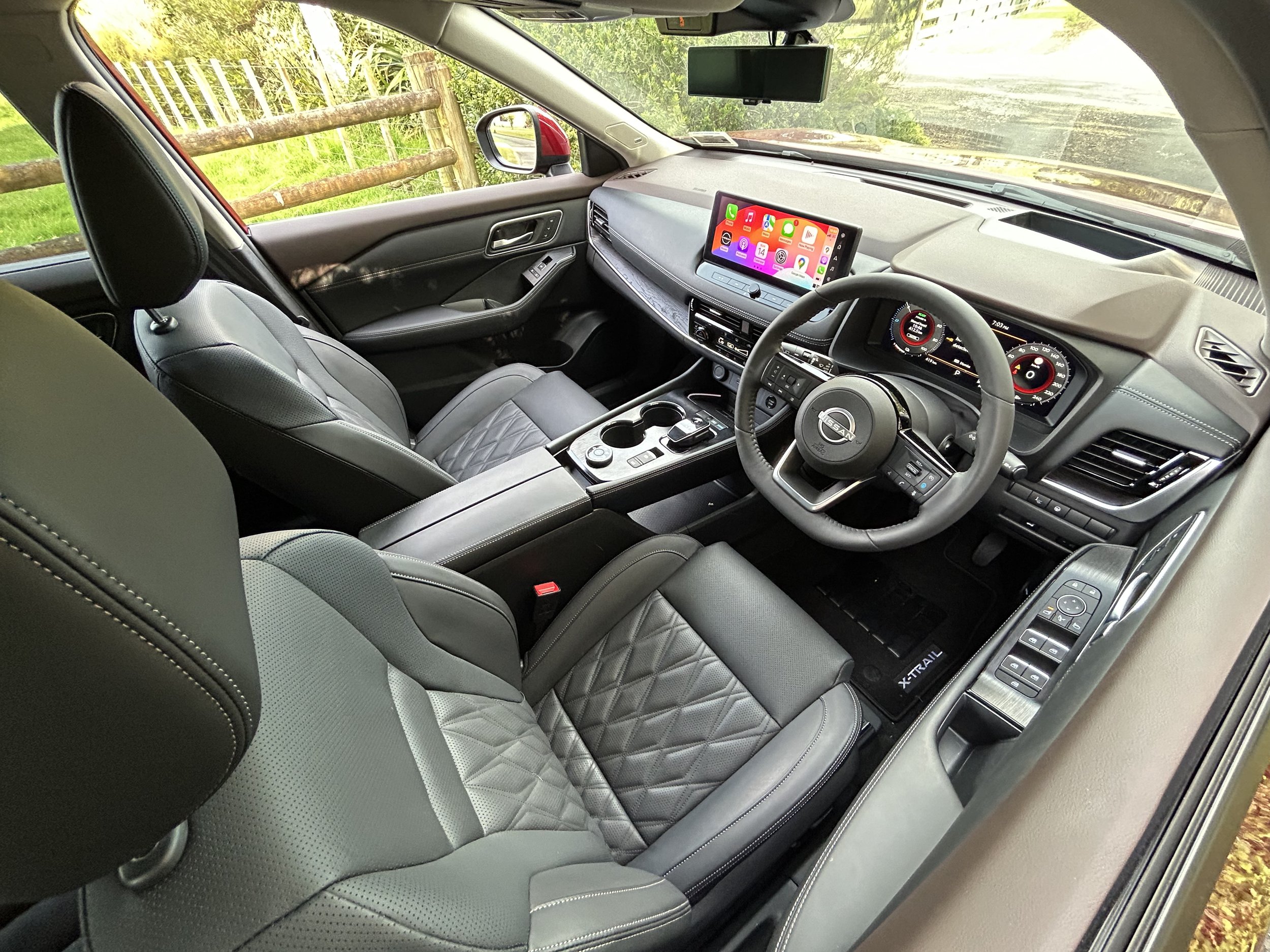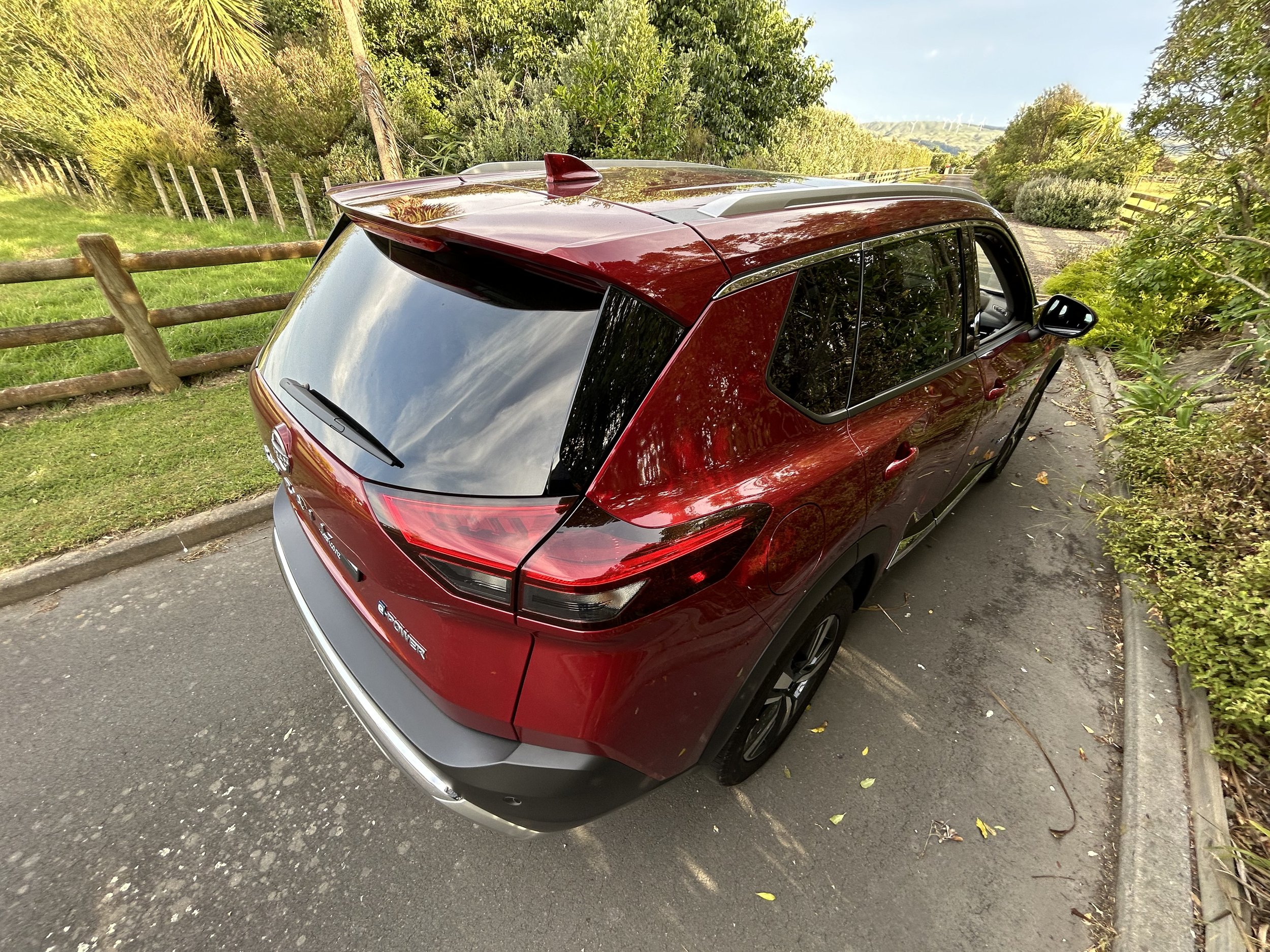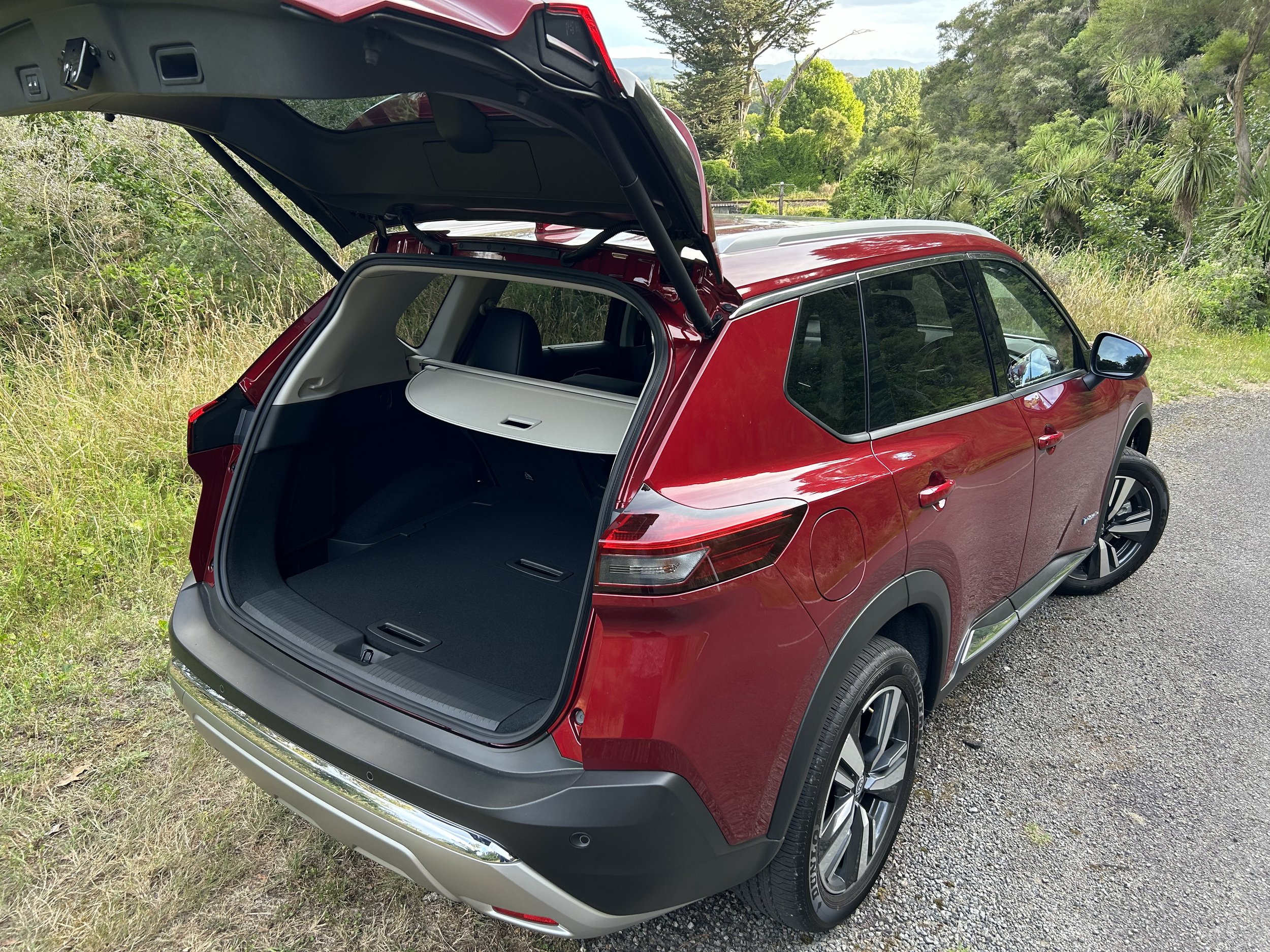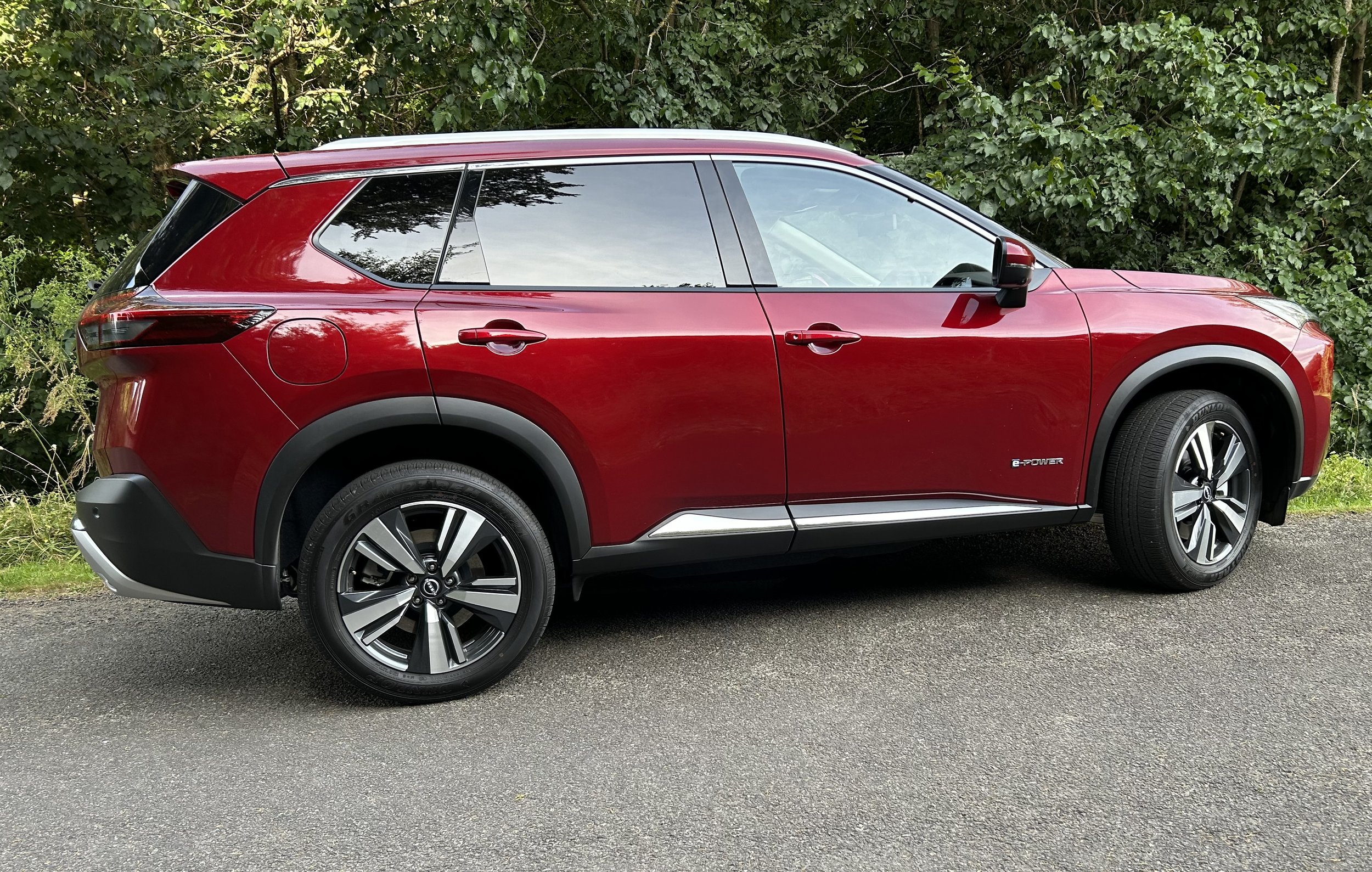Nissan X-Trail e-Power road test review: Fueling the electric experience
/It’s a battery-fed electric that relies a fuel we’re supposed to put behind us. How hard is that to explain?
Price: $69,990.
Drivetrain: Three-cylinder turbocharged 1.5L engine, 2kWh battery and twin electric motors, 157kW combined power, 330Nm from the front and 195Nm from the rear, AWD, 6.4L/100km, 143g/km CO2.
Dimensions: Length, 4680mm; width, 1840mm; height, 1720mm.
We like: Strong urban efficiency; drivetrain’s amenity; well-appointed and roomy.
Not so much: Open road consumption; having to endlessly explain it.
ALWAYS-electric, but with a fossil fuel reliance - just when you’ve got a handle on the simplicity of battery-driven motoring, along comes something that skews the entire idea.
There’s quite a lot of explaining to do in respect to Nissan’s e-Power system. What it does, and why, is very much an example of lateral engineering that some will think is brilliant and others might consider a curiosity or a fob-off.
When is a hybrid not a hybrid? Can an electric car actually be an electric car if you still put petrol into it? What merit does the X-Trail here have when it manages to both be, and simultaneously not be, a battery-driven car? What do hard core EV people think of it all?
These are big questions, to which my answer is a solidly-stated … prevarication. I’d skip the first, say a wary ‘y-e-e-e-e-s-s-s-s’ to the second, flip a coin on the third and, personally, with the last, wouldn’t care. If it suits, it suits. And if not? Move on.
In some ways, the whole e-Power thing sets out to be a provocative demarcation between two ideologies.
Were I already personally wed to electric, I might think this whole concept to be a strange affront from the brand that set the world onto the wholly mains-fed battery-enabled with Leaf.
But I’m not. Our personal driving is still petrol-powered, and it suits. In a way, so might the X-Trail.
At one level, I quite like the idea of a car that in general behaviour and refinement, is almost as good as a full-out an electric, but trounces for range and hasn’t the downtime and drawbacks that come with recharging.
What is a bit discomforting is that this fuel happens to be the one the world is supposed to be weaning off, for so many good reasons. Is it progress, or it is dilly-dallying?
I am intrigued by e-Power, simply because it is singularly different to any other drivetrain here at the moment, being a series hybrid as opposed to a parallel hybrid, which is what comes with plug-in hybrids and the Synergy Drive system used in all Toyota mild hybrids.
In basic treatment, they’re alike. Electric motivation - two electric motors in this case, to enable all-wheel-drive (e-4orce, in Nissan-speak)— and a petrol engine as a generator.
However, with parallel hybrids, power to the driven wheels can come from an electric motor or the internal combustion motor, or both at once. Whereas with e-Power, the 141kW, 330Nm electric motor, fed by a 1.9kWh battery, does all that. The engine just feeds the electrics.
So you have to give it fuel. But you don't plug it in to charge up that battery. Look up and down the bodywork and you will find a single, solitary access flap which opens up to let you put petrol in.
Again, the 1.5-litre, turbocharged three-cylinder engine which sites under the bonnet has no connection, ever, to the wheels. It’s purely there as a generator.
So it’s electric but petrol. Controversial? Yup, for sure. Quite apart from how EV folk think all this, there’s already a kerfuffle with officialdom While Nissan calls it an EV, the Land Transport people who categorise disagrees. They classify it as a petrol car, on grounds it burns the stuff and emits CO2. That’s why, under the defunct Clean Car, it was penalised.
Where it will stand with Road User Charge remains a grey area, still. Conceivably, because it’s rated as a petrol, it should be exempt. Yet, if the powers-that-be decide it should park up with other electrics, it won’t be. If you own one, consider yourself a pathfinder. Will you also become an RUC rebel?
Anyway, the big question, really, is this: Does a vehicle whose the electric power is going to come only from burning petrol, or from regenerative braking and coasting make sense here?
On that, I’m afraid, the answer is as simple, or as complex, as you might think the drivetrain is. Really, it comes to down to daily driving habit.
During test it was very saintly when kept to the city, with remarkably low consumption - sometimes between one and two litres per 100km registering on the trip computer. That’s as good as a Toyota Prius.
When taken on the open road, though, the fuel burn ramped up considerably. Overall consumption came to 7.0L/100km, which isn’t all that different to what you could see from a orthodox internal combustion car.
To define the e-Power X-Trail simply by virtue of how much drinking it does is hardly fair, all the same. As maintained in a previous test of the car in orthodox form, this X-Trail overall is a big improvement over the old.
The safety and driver assist remit is taken seriously and to five star reward, with adaptive cruise control, autonomous emergency braking that recognises pedestrians and cyclists, lane departure warning and lane-keeping steering, blind-spot warning, driver attention alert, traffic sign recognition, rear cross traffic alert and front and rear parking sensors.
The X-Trail's interior is probably its strongest point. The cabin is not only larger than the old car’s, but also feels more luxurious, verging on premium; the synthetic leather elements that integrate with the actual Nappa kind is convincingly real in look and feel, the driving position is solid and while the menu layout of the 12.3 inch dashboard display can be confusing at times, overall ergonomics are solid, with physical short cut buttons, a volume knob for the stereo (an excellent Bose system, with wireless Apple CarPlay) and old-school rotary and button controls for the heating and air conditioning make on-the-move use all the easier.
Nissan puts a bet each way with its USB sockets - one being modern USB-C, the other the older USB-A type - and, handily, there’s a 12-volt socket. Between the seats, you'll find a pair of well-sized cupholders, a shallow tray that is home to the wireless phone charger and a large storage box under the front seat armrest. The door pockets are not especially long, but they are wide enough.
At the back you’ve got a power-opening boot (kick sensor opening standard on the flagship) and a 575-litre load-carrying capacity. This is down 10 litres on regular X-Trails due to the starter battery and rear axle motor under the floor. That means there’s no spare tyre, just an inflator kit.
The console between the seats is also home to the drive selector, which slides back and forth. A rotary selector operates the Eco, Normal or Sport driving modes and the off-road modes.
The bumps suggests E-Power drives as any other electric does. But it doesn’t. You can actually completely divorce the electric motor from the engine, to put the latter completely shut down. But because the battery is not big, it won’t go far - no more than a couple of kilometres - on engine-less electric drive.
So, really, the combustion side always has to be running, in which case there is a mechanical sound track, if not consistently and often it is very muted.
Everything comes back to how it’s being driven. In urban use, the engine is basically able to generate electricity at an idle and it’s very quiet indeed. If you hoof, a different story. The draw obviously increases, so it has to work harder. And then you hear it.
Beyond all that, though, it also seems prone to kick in and out at apparently random intervals.
Nissan has no particular answer as to why this happens, but detail about this drivetrain suggests that, in export form, it is totally recalibrated to allow for broader driving tastes, including tackling open road journeys, plus they also have calibrated the engine so that it lends a more natural rev-up, rev-down performance when you're accelerating hard.
Inevitably there's a bit of disconnect, nonetheless; on occasional the rise in note from under the bonnet will occur seconds after the throttle been pressed. It’s though you’re watching a film in which the soundtrack is slightly behind the action. It’s mainly momentary, though; unless you are holding the throttle wide-open for ages.
Settle into a cruise on the open road and it is far more refined, but even if you are being light-footed, it seems to have a constant drinking rate.
The average I saw was 0.4L/100km higher than the cited optimal economy on the WLTP cycle, a count that if met still places it among thirstier hybrids. The best thrift seems to come in urban use; when restricted to short low-speed hops it really does lean out.
In dynamic feel, the e-Power model is much like the standard all-wheel-drive kind.
Total combined power and torque is really good - with 157kW combined power, 330Nm from the front and 195Nm from the rear - but in driving demeanour it is not an outright enthusiast car; its weight and size tends to count against it. The AWD is a good accomplice. On gravel you can feel Othe system applying power and torque to outside wheels to help round corners.
But the steering is nicely weighted and ride quality is very good; a little firm at low speeds on urban lumps, but overall very cultured.
E-Power might seem an odd development by the brand that is also deeply involved with full electrics that don’t need engines, but the proposal that it's also something of an ideal 'starter pack' for those who want to go electric, but aren't quite sure nor ready as yet, doesn’t lack logic.
Also, if you don’t tell anyone what it is, chances are they might no inquire as, external appearance-wise, an e-Power looks visually identical to internal combustion engine ones. The way to tell the difference is the unique black grille up front and add-on e-Power badges on the side and back of the car.
It’s this very same train of thought that sells a load of mild hybrids for Toyota. When compared with those, the e-Power is clearly far more advanced. Even if, being a bridging technology, it only goes so far toward the final destination.
Quirky.

